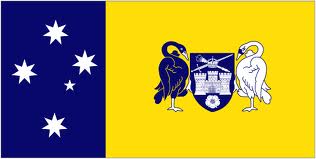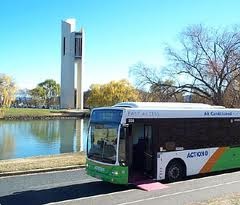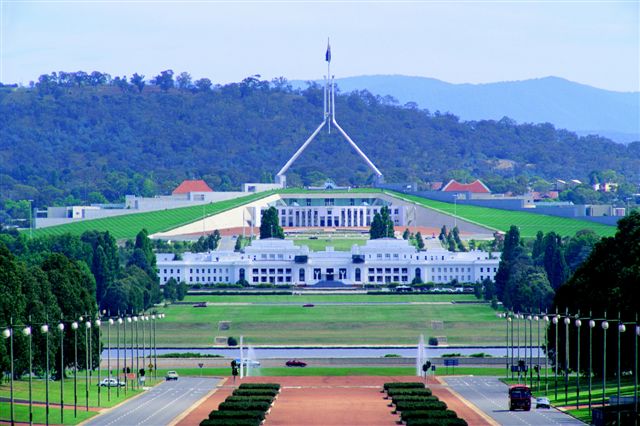ACN 151 899 606
ABN 17 151 899 606
Registered Office Sydney NSW
Australian Capital Territory & Canberra
280 kilometres from Sydney, they started to build the Australian Capital Territory on the basis of regulations of Queen Victoria, putting an end to a rival between Australia's two largest cities Sydney and Melbourne. Finally, in 1908, New South Wales submitted an appropriate size land to the territory of the capital and separated it from its own state.
 The conscious planning can be seen impressively on the city as well: the dream of this town was born behind the designers’ table. The streets, squares, parks, are all part of a single unified plan, as opposed to 99% of the world's cities, which were built up as their residents managed it over time.
The conscious planning can be seen impressively on the city as well: the dream of this town was born behind the designers’ table. The streets, squares, parks, are all part of a single unified plan, as opposed to 99% of the world's cities, which were built up as their residents managed it over time.
Canberra figures
Population: 358,222 person
Area: 814.2 km²
Distances: Canberra-Melbourne 669 km, Canberra-Sydney 286 km
Weather and Geography
Canberra’s weather is, like our country’s, continental. In other words, the winters are cold, snowing a lot, the summers are hot and dry. Molonglo River divides the city to north and south Canberra, and carved its way around the city, in the hilly, mountainous area.
Transportation
 The car transport is dominant in Canberra. Although many people do not live in the city, more parks and spacious lands are located here, but consequently Canberra occupies a fairly large area. Of course, the city has its own bus service, but many people – if weather permitting - choose biking. However, a significant part of the New Sound Wales motorways and highways affect the city, such as Sydney can be reached in three hours by car. Beside cars the train is the second most important way of transport. The earlier mentioned CountryLink connects the Centre of New South Wales, Sydney to the Australian capital city. The Canberra International Airport - contrary to its name - primarily receive and launch flights towards the most common targets for domestic travellers: Sydney, Melbourne, Brisbane, Adelaide, Perth.
The car transport is dominant in Canberra. Although many people do not live in the city, more parks and spacious lands are located here, but consequently Canberra occupies a fairly large area. Of course, the city has its own bus service, but many people – if weather permitting - choose biking. However, a significant part of the New Sound Wales motorways and highways affect the city, such as Sydney can be reached in three hours by car. Beside cars the train is the second most important way of transport. The earlier mentioned CountryLink connects the Centre of New South Wales, Sydney to the Australian capital city. The Canberra International Airport - contrary to its name - primarily receive and launch flights towards the most common targets for domestic travellers: Sydney, Melbourne, Brisbane, Adelaide, Perth.
Attractions, Places of Interest
 Canberra is home for many national monuments, institutions: such as the Australian War Memorial, the National Gallery, National Portrait Gallery, the National Library and Archives, and the National Museum.
Canberra is home for many national monuments, institutions: such as the Australian War Memorial, the National Gallery, National Portrait Gallery, the National Library and Archives, and the National Museum.
Most of the nation's public buildings are open for visitors, including the Australian Parliament.